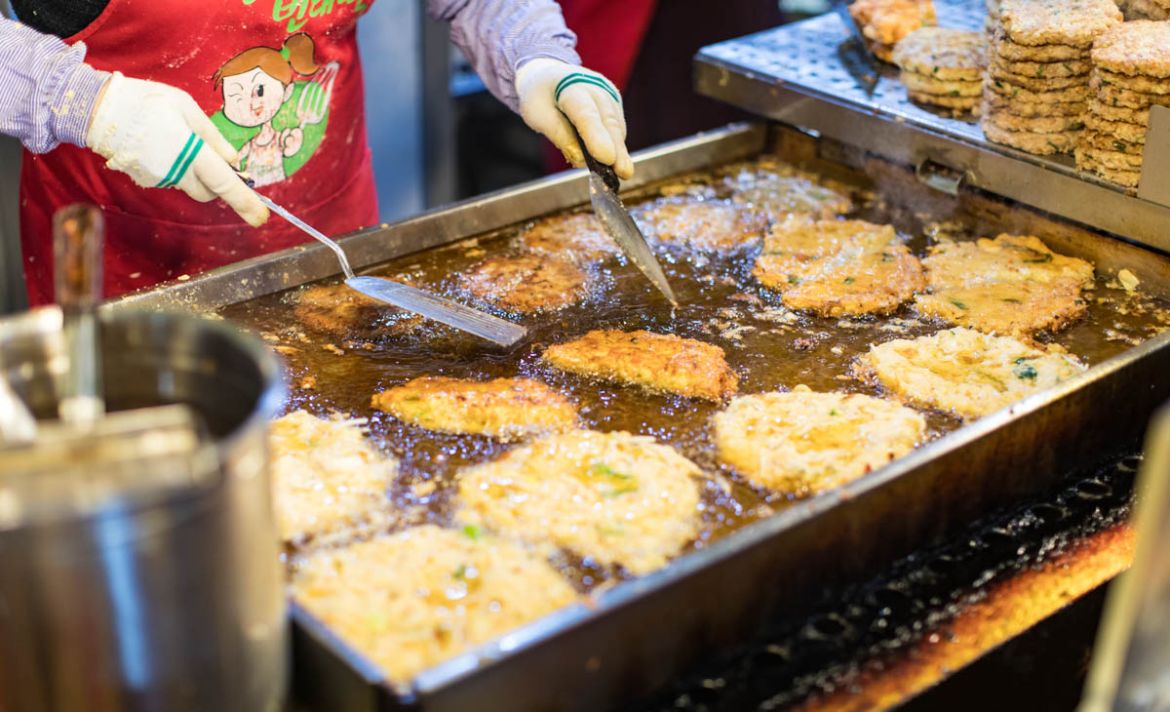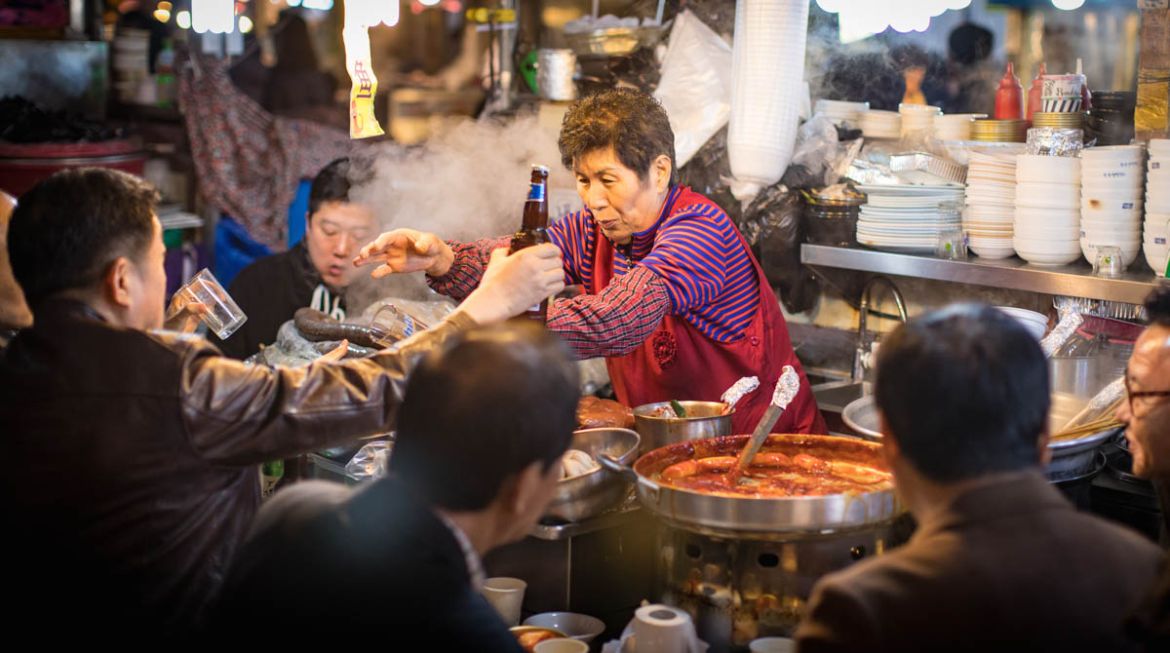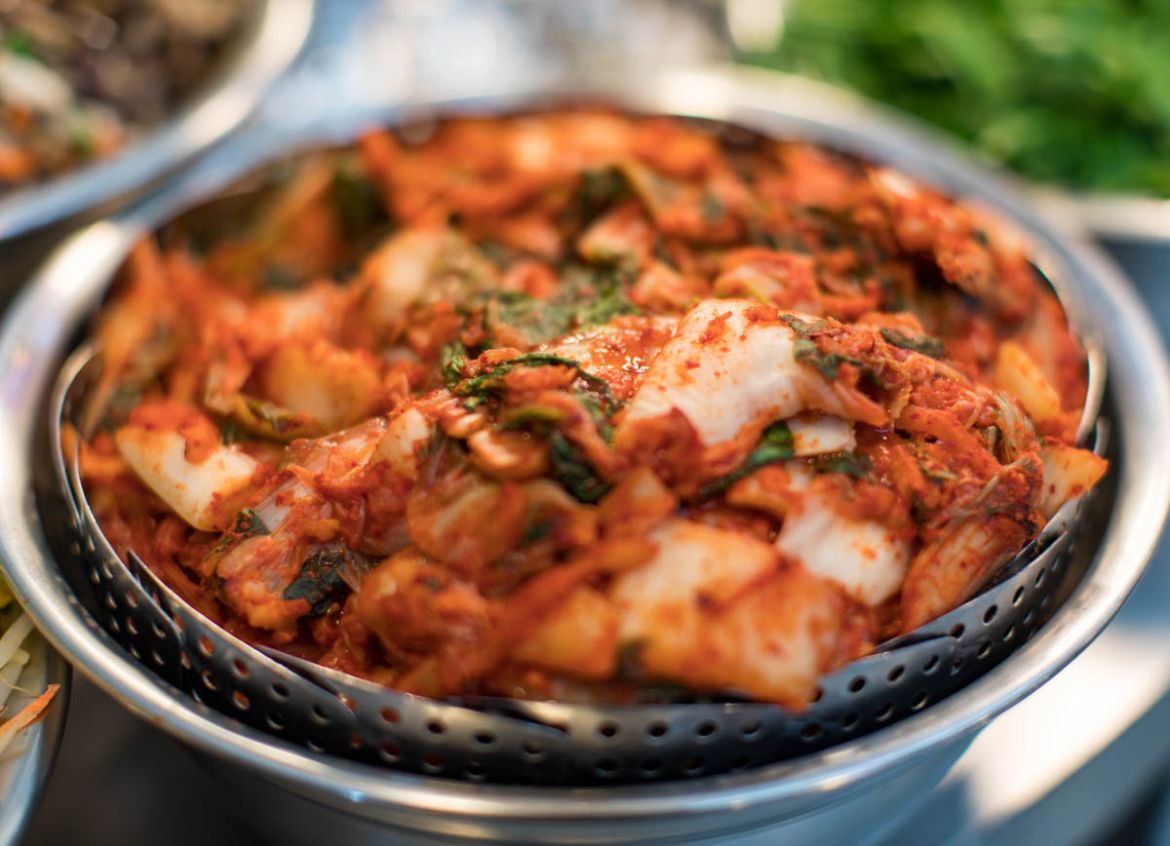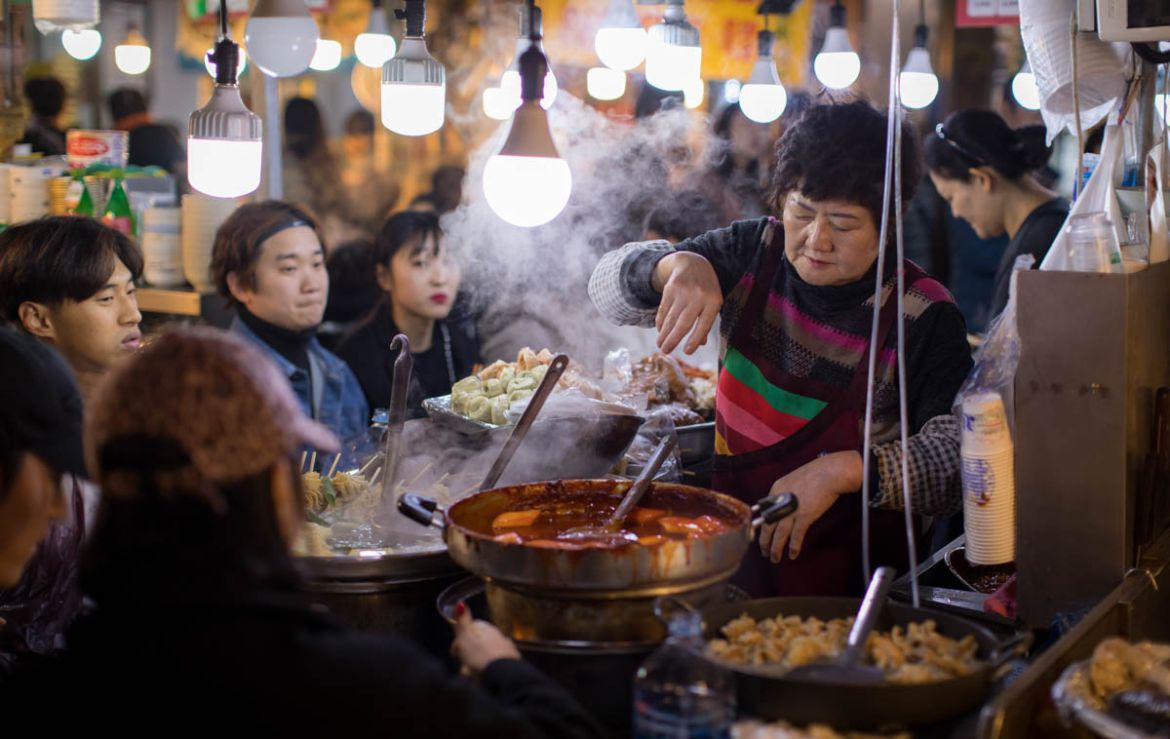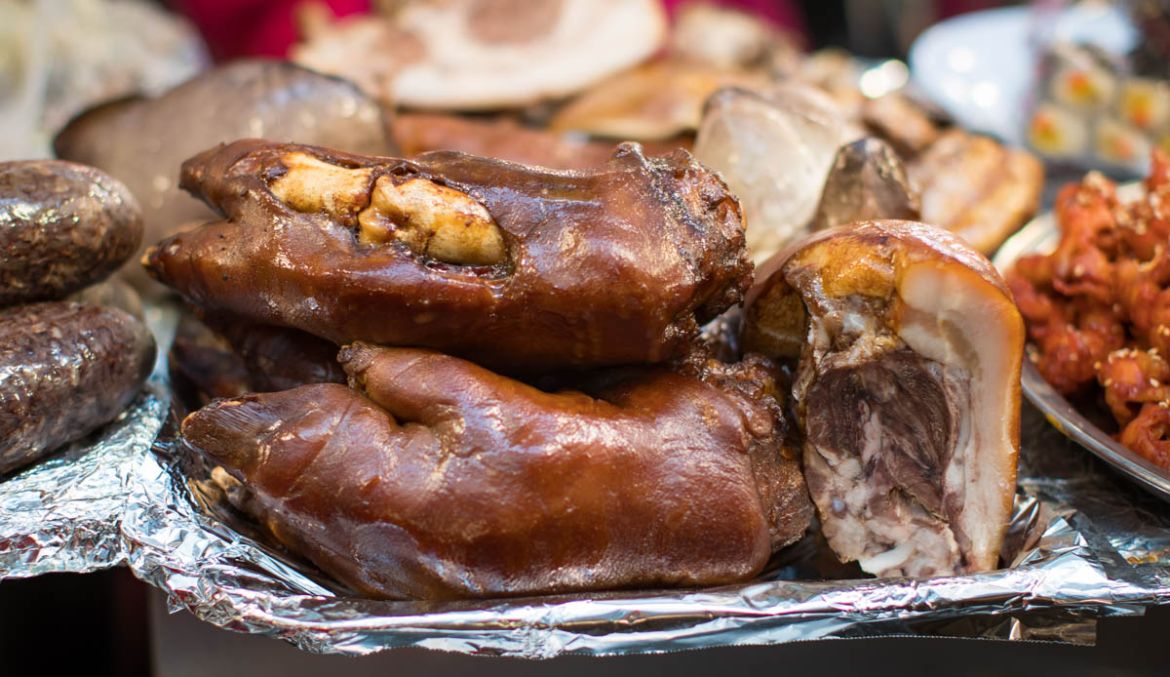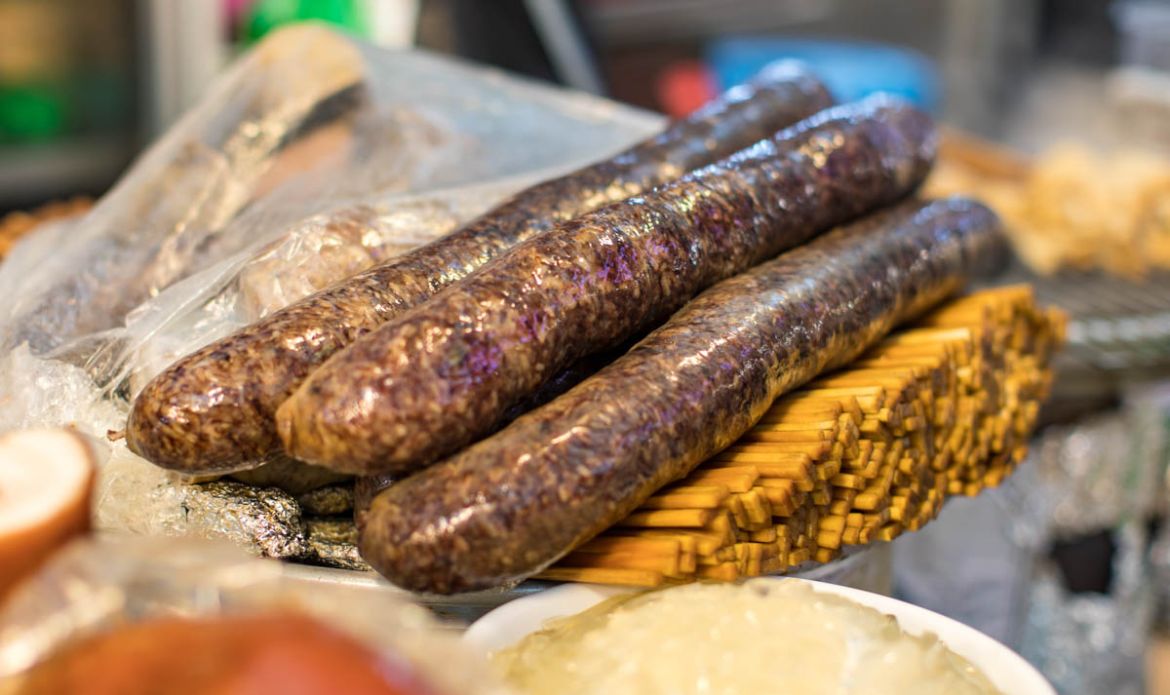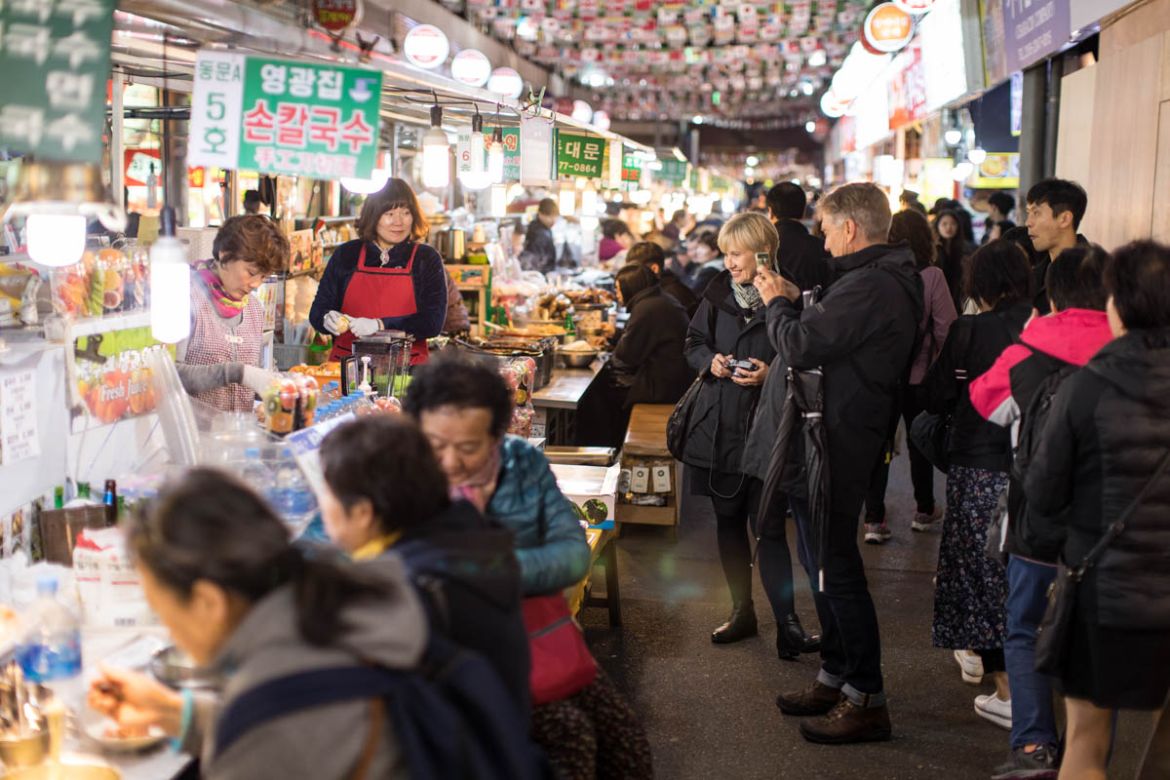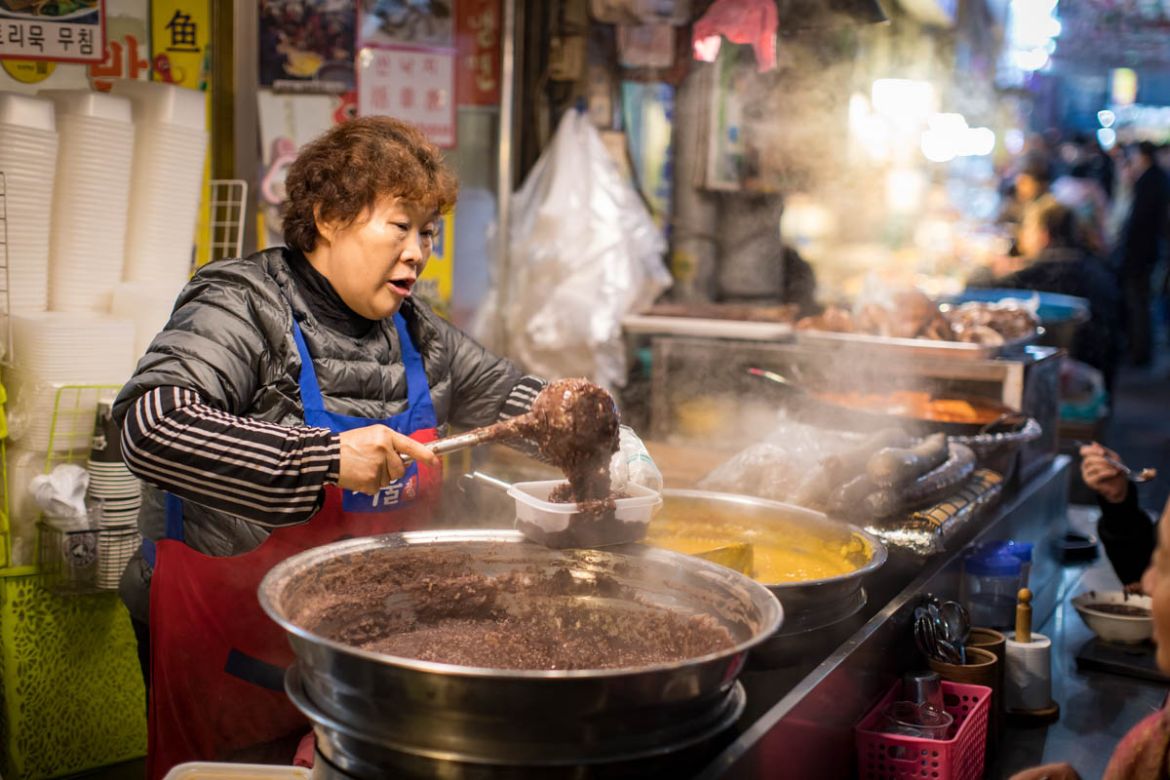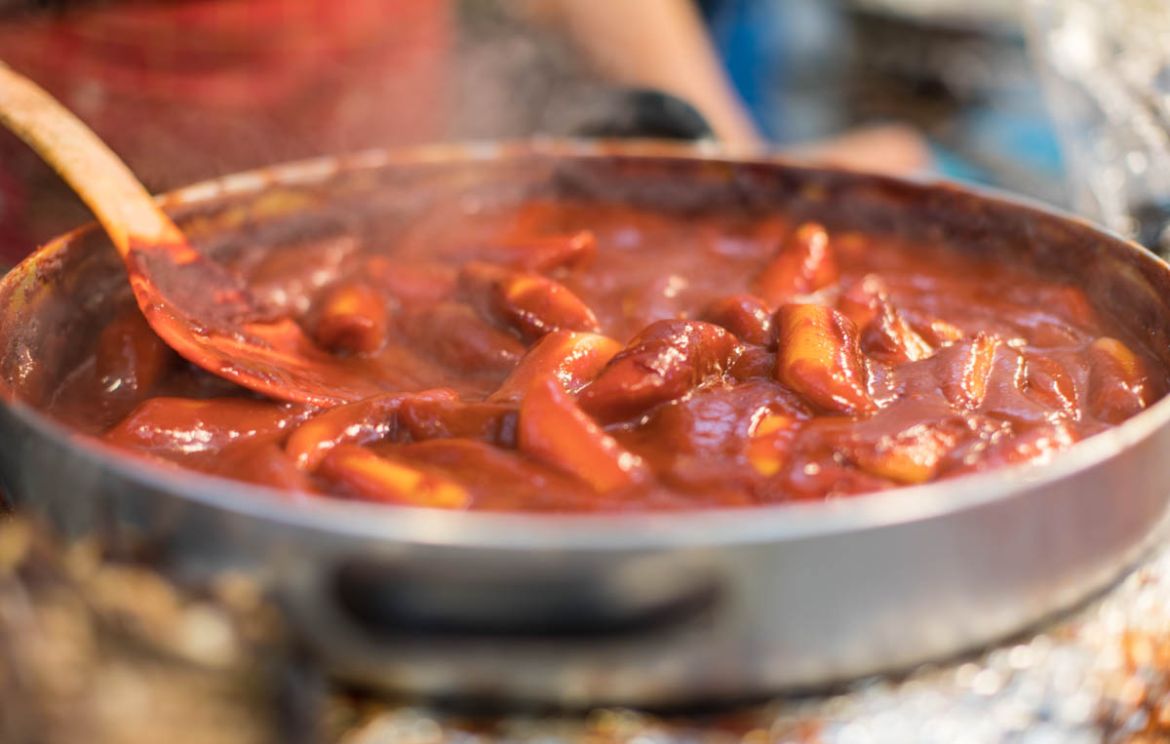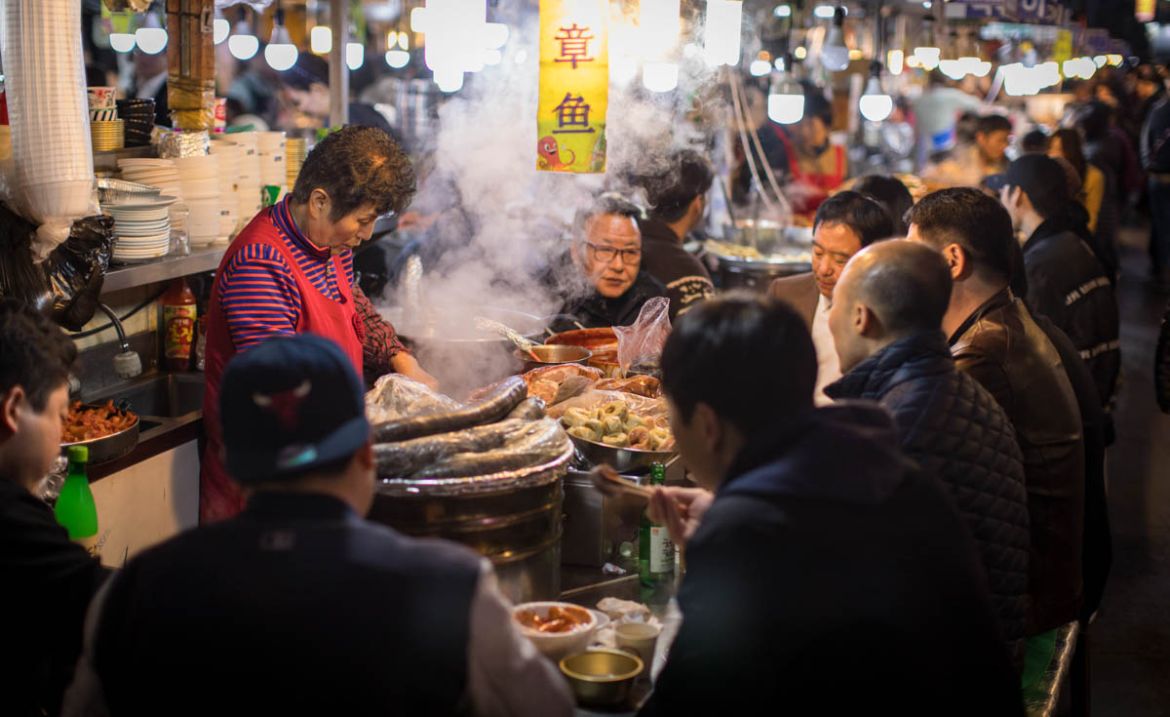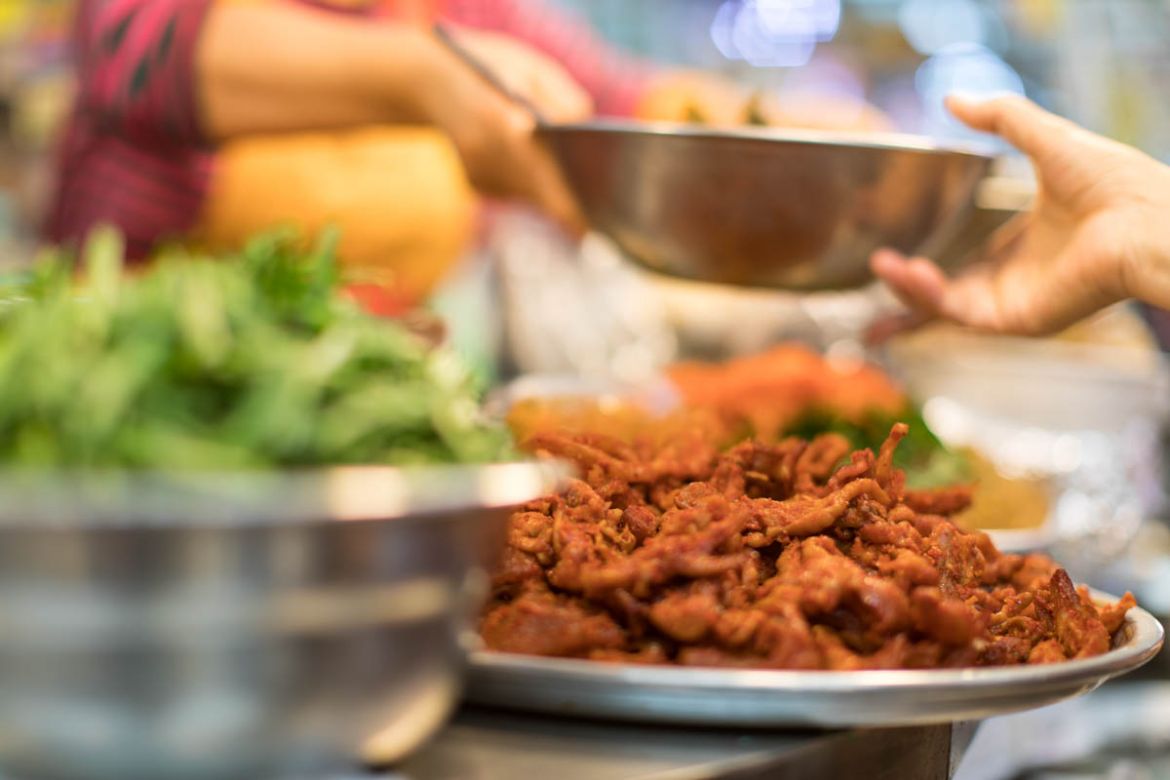In Pictures
South Korea: The women of the Gwangjang Market
Meet the formidable females behind one of South Korea’s oldest and most famous markets.
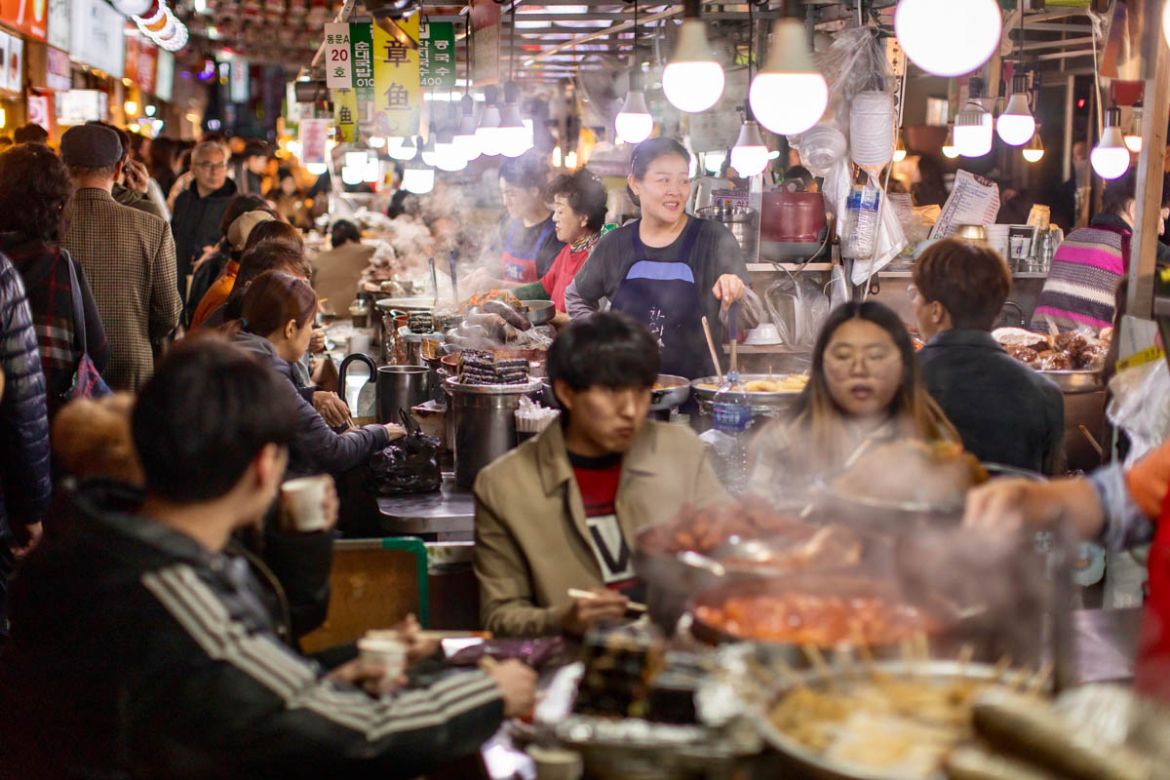
Seoul, South Korea – The sun sets on a cool autumn Sunday afternoon but the action is just getting started at one of Seoul’s oldest establishments – the Gwangjang Market.
The century-old market began its life as the Joseon dynasty was coming to an end with merchants looking to counteract the increasing influence of their Japanese counterparts. It survived the Japanese colonial rule of the Korean Peninsula from 1910-1945, but part of the market was destroyed in the 1950-1953 Korean War.
What survives today is a bustling market that offers traditional clothes and persimmon-dyed fabrics. Fresh fish, local meats, rice cakes, and huge vats of kimchi are prepared along the covered streets, but the real drawcard these days are the food stalls.
The relatively calm fabric section of the market gives way to a hotbed of steam, thronging crowds, and all manner of traditional street foods. Mungbean pancakes (Bindetteok), spicy rice rolls (Mayak Gimbab), glass noodles (Japchae), pig feet, pig intestines and noodles (sundae), fish gut soups, sashimi and spicy rice cakes (tteokpokki) are just some of the traditional Korean delights on offer.
The rich atmosphere and foods that match are served by hardworking older women (Ajumas). They are the formidable force that keeps business people well fed and topped up with rice wine (Maegeolli) and beer. Often dealing with demanding customers, the women work hard to serve old locals, young students, and foreigners, mostly, with friendly smiles, sometimes through overworked gritted teeth.
Food connection
Mrs Yoon has been working at the market for the last two years, but her stall has been open for more than 20 years. Preparations for the stall start at 4am and run all day until late at night.
She serves chicken feet, bowls of mixed rice with vegetables (Bibimbap), and pork – among other side dishes. She sometimes finds it hard to communicate with foreigners but says people’s hearts always connect through delicious food, and they often come back over and over again.
There are dozens of stalls all competing for business, but many of the women have gatherings once a month and even go on picnics together. Mrs Yoon just does her own work rather than having a sense of rivalry, saying all the food at the market is delicious.
The market manages to keep its original charm despite more and more becoming a tourist attraction for international travellers and celebrity chefs such as Gordon Ramsey.
|
|
Australian tourists Judy and Rob Pettiford visited on this late Sunday and remarked on the amazing sights, sounds and smells, noting, in particular the “army of strong women running the food stalls”.
“It’s a joyous place for young and old, full of smiles and encouragement for the visitor, and a unique way to see Korean specialties being cooked and consumed,” Judy Pettiford told Al Jazeera.
The Gwangjang Market in inner-city Seoul provides great access to traditional food and Korean people, without feeling like a contrived tourist trap.
Sitting and being welcomed by locals – who love to share their culture, food and especially their rice wine – is a unique experience, one that would not be possible without the women of the Gwangjang Market.
